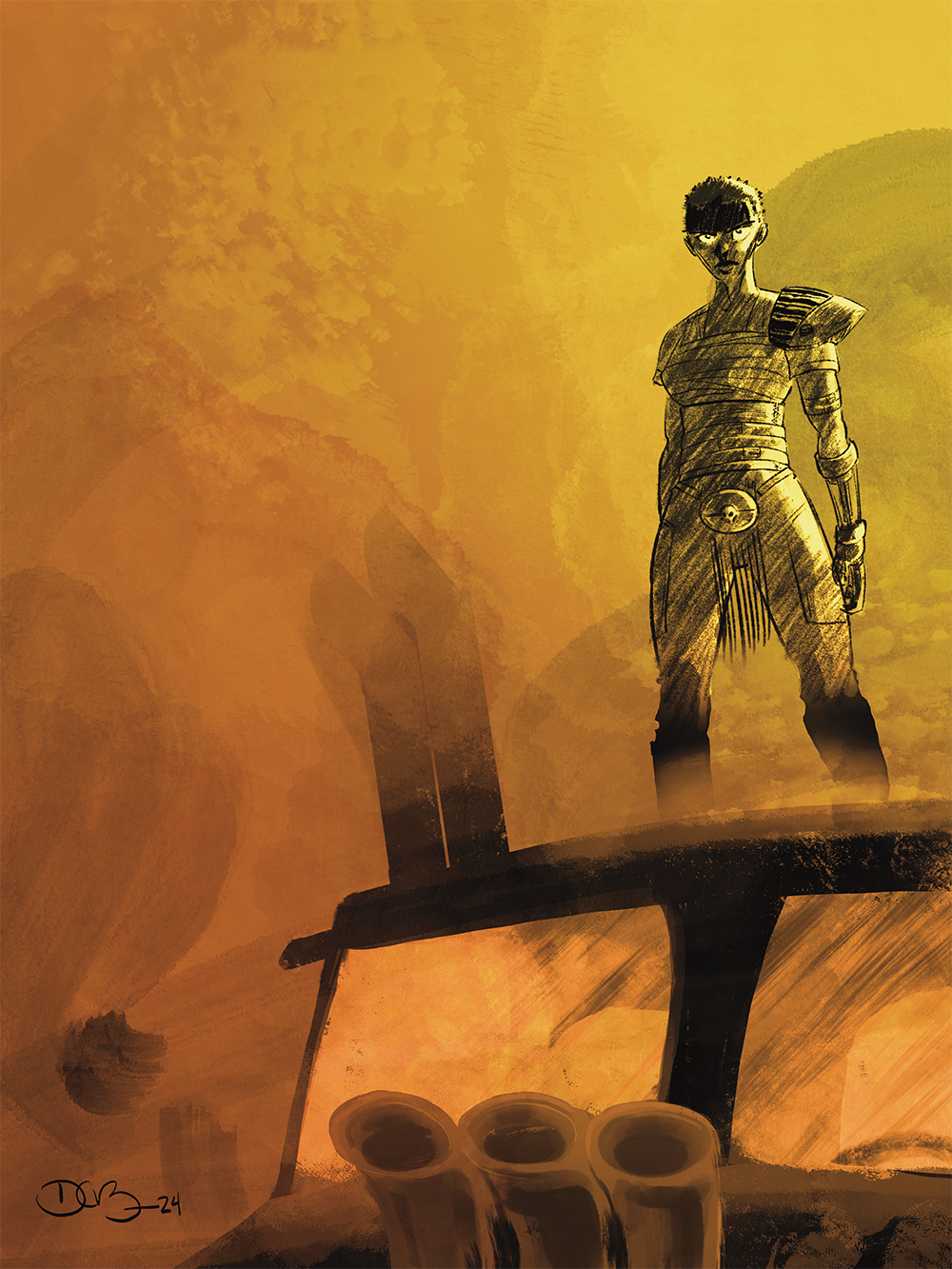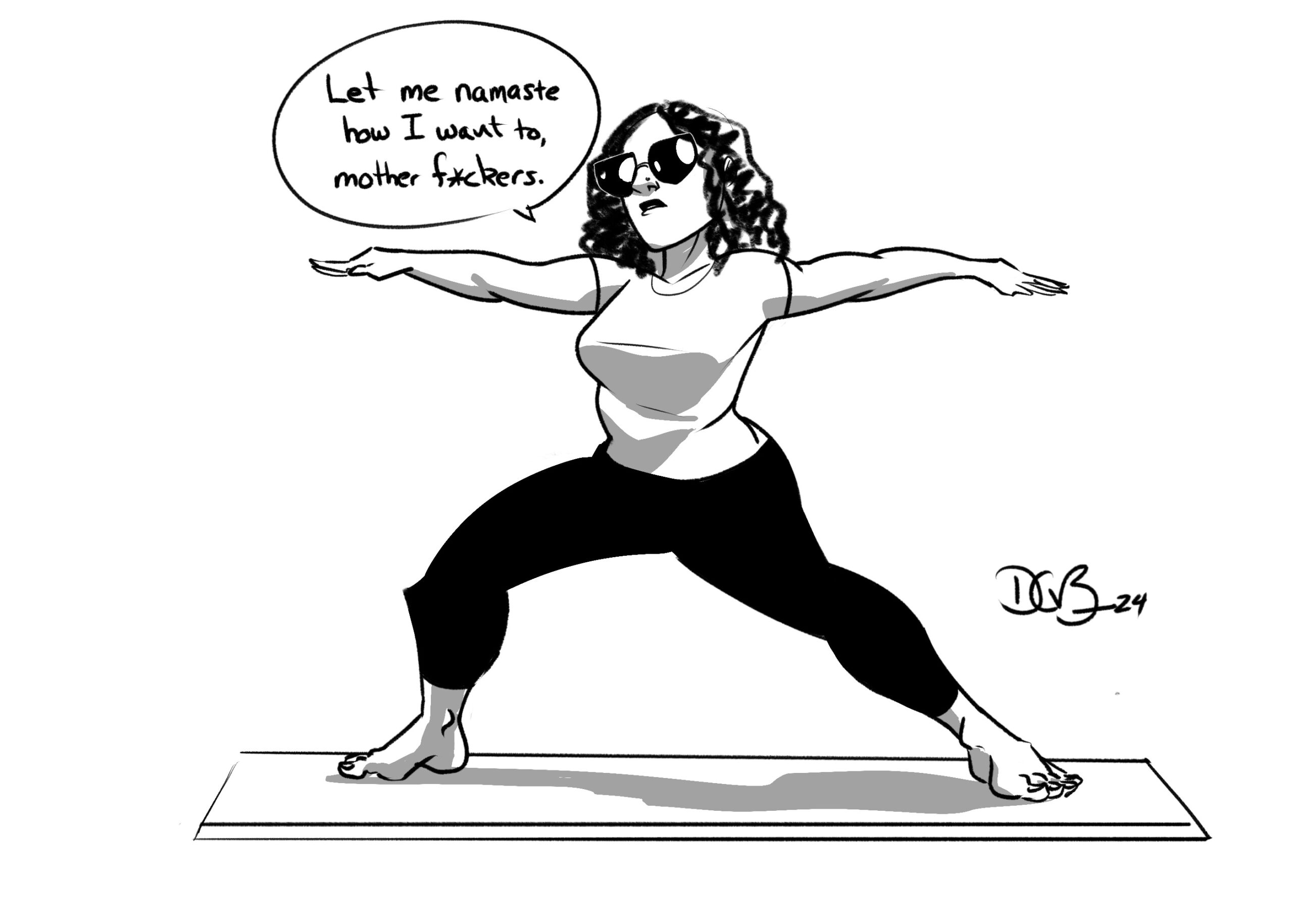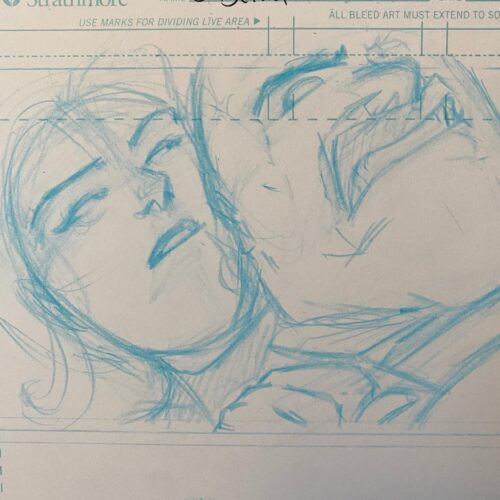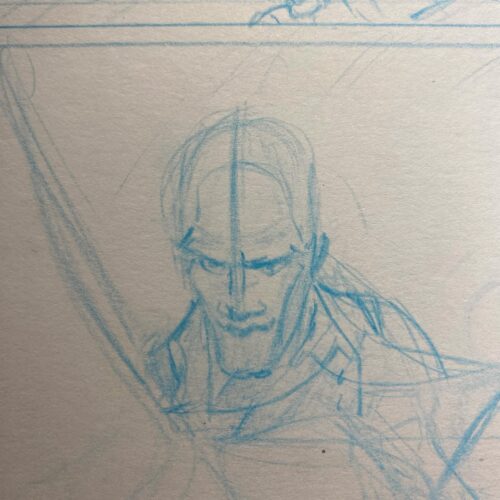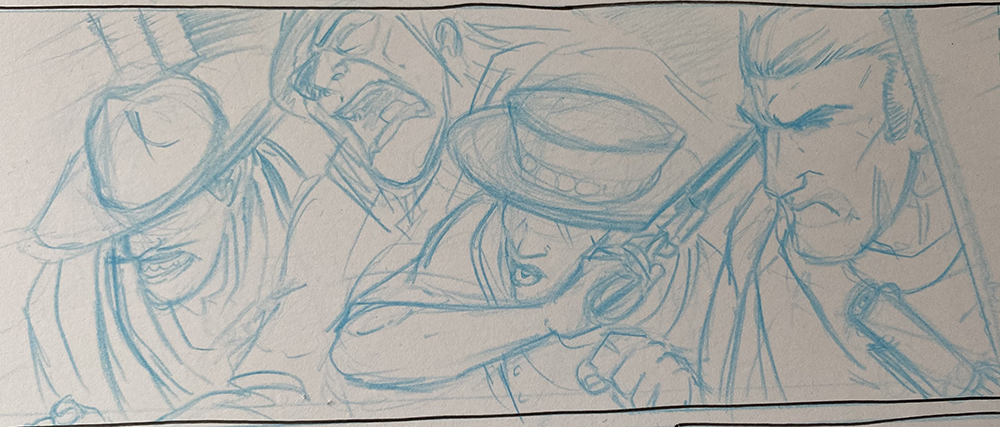For reasons known only to a future therapist, I was having dreams of post-apocalyptic wastelands long before I knew of the genre. At six or seven years old, I dreamed of arid, cracked roads and empty neighborhoods where only my best friends and I would be alone and could just hang out amid the tarp-covered furniture, broken windows, and dust-covered toys.
It wasn’t until junior high when a friend (“Save the Bones” and “The Patient Feast” artist, Josh Tobey, actually) showed me The Road Warrior (aka Mad Max 2) for the first time and I saw before me a landscape that only existed in my unconscious (minus all the leather and fetish gear, weapons, and motorcycles; my manifested post-apocalyptic wasteland was very benign and lonesome). However, that revelation is a moment I remember vividly. Since then, the Mad Max franchise holds a special place in my heart, for all of its weird.
Content with the three movies––Mad Max, The Road Warrior, and Mad Max Beyond Thunderdome––I thought it was a complete series left to shine for the rest of history, only to be surprised (pleasantly so!) by the release of Mad Max: Fury Road in 2015.
As much as I loved Fury Road (I saw it three times in theaters), it felt like more like an experiment than a full entry into the franchise due to its scope being so tight and focused in terms of characters, locations, and story––something very different from what the previous Mad Max films did. Again, I liked the change, but there was a completionist urge in me that hungered for detailed excursions to all the locations and tribes only hinted at in Fury Road but which were clearly fully and thoughtfully developed.
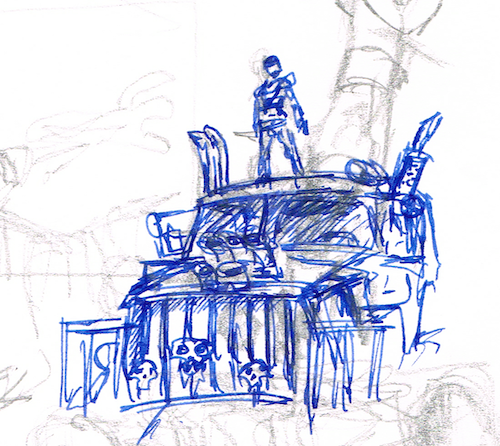
After the raging success of Fury Road, I learned that creator/writer/director, George Miller, hand planned to do a film focused around the character “Furiosa” (played by Charlize Theron in Fury Road) and had, in fact, written a full script of her origin story before Fury Road every started filming. I was even more excited when I heard that Furiosa had gone into production and eagerly awaited any news of its release.
Then they dropped the first trailer. And I hated it.
Compared to the practical and gritty cinematography of Fury Road, all the footage from Furiosa looked like CG-addled, hyper saturated, green-screen nonsense, as if Miller had unlearned every cinematic and filmic technique perfected in Fury Road. Subsequent trailers did not quell my fears.
I should be clear that my disdain was completely rooted in aesthetics––nothing about the casting or hint of story dissuaded me; the trailers just looked bad. Considering how much of a stylist Miller had been with every previous entry, it made me into something I rarely am when it comes to beloved franchises: a skeptic.
So, the broad praise shocked me upon the film’s release. The overwhelming applause critics gave it barely courted me out of my cynical and superficial skepticism and led me to the theaters begrudgingly and with my head held low. My attendance felt more out of duty than desire.
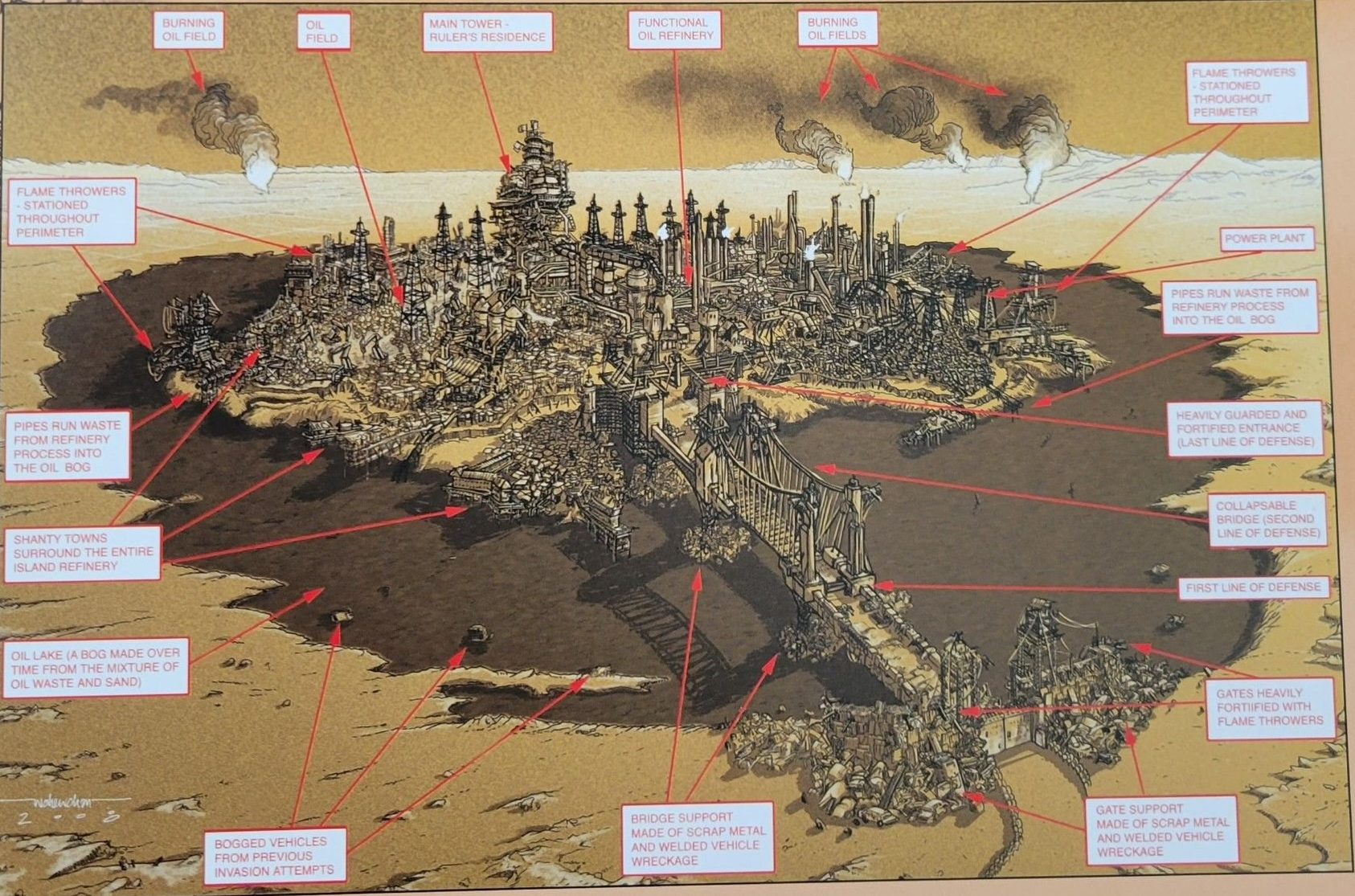
Within the first five minutes of Furiosa, however, the movie had me completely. By the end, Furiosa was the sprawling Mad Max epic I wanted with Fury Road, and I haven’t stopped thinking about it since. I will say, my initial “complaints” still hold true––it looks weird compared to Fury Road and previous entries––but it bears no flag as to the impact or quality of the story this movie tells. If anything, the hyper-realism, saturation, and artificial quality of the visuals slyly point toward its origins. Since Miller and his crew had decades to create so much backstory and lore for Fury Road, he hatched grand, multi-modal plans to accompany Fury Road‘s release. Originally, Fury Road was meant to be followed by two complementary pieces of media: a Mad Max video game that would have a player-created character explore the regions the movie didn’t show, and a Furiosa anime film (helmed by legendary anime designer and director, Mahiro Maeda) that explored the origins of her character.
While I find that goal admirable and it would have been very cool if it had happened, if it means we wouldn’t have gotten the Furiosa that we ended up with, then maybe that project’s collapse could be viewed as a positive.

